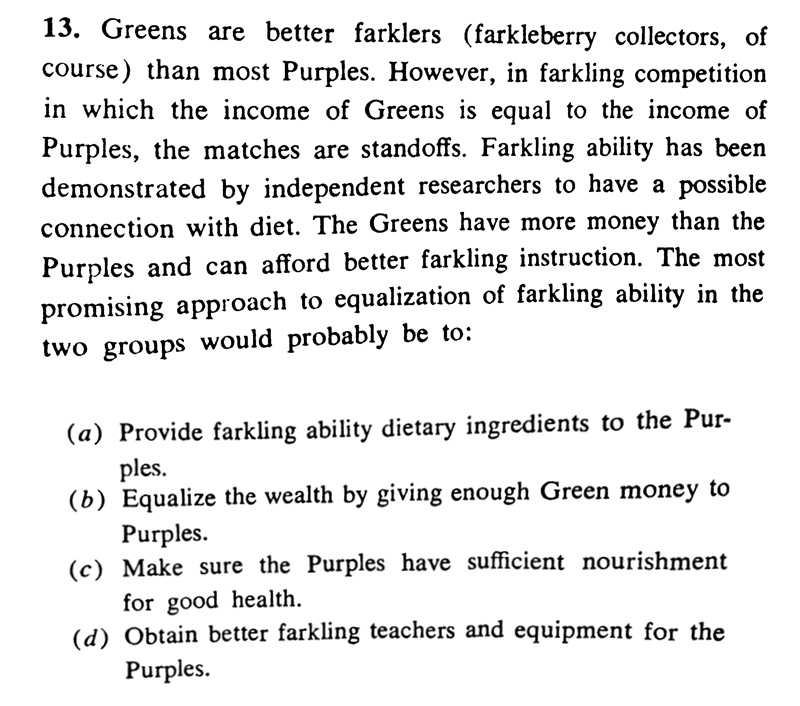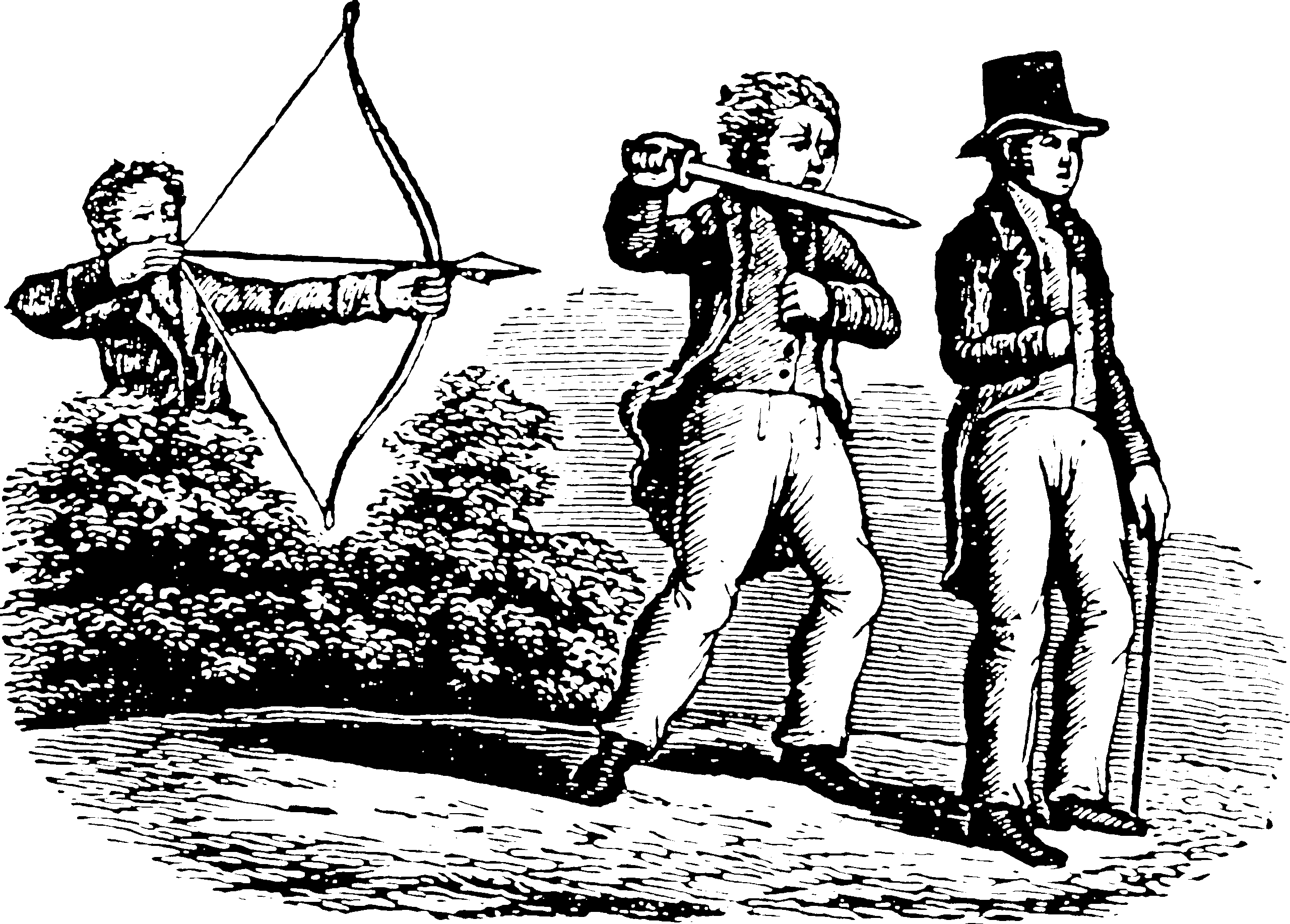Aragam, and Zhou. 2015.
“Concave Penalized Estimation of Sparse Gaussian Bayesian Networks.” Journal of Machine Learning Research.
Brodersen, Gallusser, Koehler, et al. 2015.
“Inferring Causal Impact Using Bayesian Structural Time-Series Models.” The Annals of Applied Statistics.
Bühlmann, Kalisch, and Meier. 2014.
“High-Dimensional Statistics with a View Toward Applications in Biology.” Annual Review of Statistics and Its Application.
Buntine. 1996.
“A Guide to the Literature on Learning Probabilistic Networks from Data.” IEEE Transactions on Knowledge and Data Engineering.
Chen, and Pearl. 2012. “Regression and Causation: A Critical Examination of Econometric Textbooks.”
Christakis, and Fowler. 2007.
“The Spread of Obesity in a Large Social Network over 32 Years.” New England Journal of Medicine.
Dawid, A. Philip. 1979.
“Conditional Independence in Statistical Theory.” Journal of the Royal Statistical Society. Series B (Methodological).
Fixx. 1977. Games for the superintelligent.
Frey, and Jojic. 2005.
“A Comparison of Algorithms for Inference and Learning in Probabilistic Graphical Models.” IEEE Transactions on Pattern Analysis and Machine Intelligence.
Jordan, Michael Irwin. 1999. Learning in Graphical Models.
Jordan, Michael I., Ghahramani, Jaakkola, et al. 1999.
“An Introduction to Variational Methods for Graphical Models.” Machine Learning.
Jordan, Michael I., and Weiss. 2002a.
“Graphical Models: Probabilistic Inference.” The Handbook of Brain Theory and Neural Networks.
———. 2002b.
“Probabilistic Inference in Graphical Models.” Handbook of Neural Networks and Brain Theory.
Koller, and Friedman. 2009. Probabilistic Graphical Models : Principles and Techniques.
Krause, and Guestrin. 2009. “Optimal Value of Information in Graphical Models.” J. Artif. Int. Res.
Lauritzen, Steffen L. 1996. Graphical Models. Oxford Statistical Science Series.
Lauritzen, S. L., and Spiegelhalter. 1988.
“Local Computations with Probabilities on Graphical Structures and Their Application to Expert Systems.” Journal of the Royal Statistical Society. Series B (Methodological).
Maathuis, and Colombo. 2013.
“A Generalized Backdoor Criterion.” arXiv Preprint arXiv:1307.5636.
Malioutov, Johnson, and Willsky. 2006.
“Walk-Sums and Belief Propagation in Gaussian Graphical Models.” Journal of Machine Learning Research.
Marbach, Prill, Schaffter, et al. 2010.
“Revealing Strengths and Weaknesses of Methods for Gene Network Inference.” Proceedings of the National Academy of Sciences.
Mihalkova, and Mooney. 2007.
“Bottom-up Learning of Markov Logic Network Structure.” In
Proceedings of the 24th International Conference on Machine Learning.
Murphy. 2012. Machine learning: a probabilistic perspective. Adaptive computation and machine learning series.
Pearl. 1982.
“Reverend Bayes on Inference Engines: A Distributed Hierarchical Approach.” In
Proceedings of the Second AAAI Conference on Artificial Intelligence. AAAI’82.
———. 2008. Probabilistic reasoning in intelligent systems: networks of plausible inference. The Morgan Kaufmann series in representation and reasoning.
Pearl, Geiger, and Verma. 1989.
“Conditional Independence and Its Representations.” Kybernetika.
Pereda, Quiroga, and Bhattacharya. 2005. “Nonlinear Multivariate Analysis of Neurophysiological Signals.” Progress in Neurobiology.
Pollard. 2004. “Hammersley-Clifford Theorem for Markov Random Fields.”
Rabbat, Figueiredo, and Nowak. 2008.
“Network Inference from Co-Occurrences.” IEEE Transactions on Information Theory.
Schölkopf, Janzing, Peters, et al. 2012.
“On Causal and Anticausal Learning.” In
ICML 2012.
Smith, and Eisner. 2008.
“Dependency Parsing by Belief Propagation.” In
Proceedings of the Conference on Empirical Methods in Natural Language Processing.
Spirtes, Glymour, and Scheines. 2001.
Causation, Prediction, and Search. Adaptive Computation and Machine Learning.
Studený, and Vejnarová. 1998. “On Multiinformation Function as a Tool for Measuring Stochastic Dependence.” In Learning in Graphical Models.
Textor, Idelberger, and Liśkiewicz. 2015.
“Learning from Pairwise Marginal Independencies.” arXiv:1508.00280 [Cs].
Visweswaran, and Cooper. 2014.
“Counting Markov Blanket Structures.” arXiv:1407.2483 [Cs, Stat].
Wainwright, and Jordan. 2008.
Graphical Models, Exponential Families, and Variational Inference. Foundations and Trends® in Machine Learning.
Winn, and Bishop. 2005.
“Variational Message Passing.” In
Journal of Machine Learning Research.
Wright. 1934.
“The Method of Path Coefficients.” The Annals of Mathematical Statistics.
Yedidia, Freeman, and Weiss. 2003.
“Understanding Belief Propagation and Its Generalizations.” In
Exploring Artificial Intelligence in the New Millennium.
Zhou, Cong, and Chen. 2017. “Augmentable Gamma Belief Networks.”


